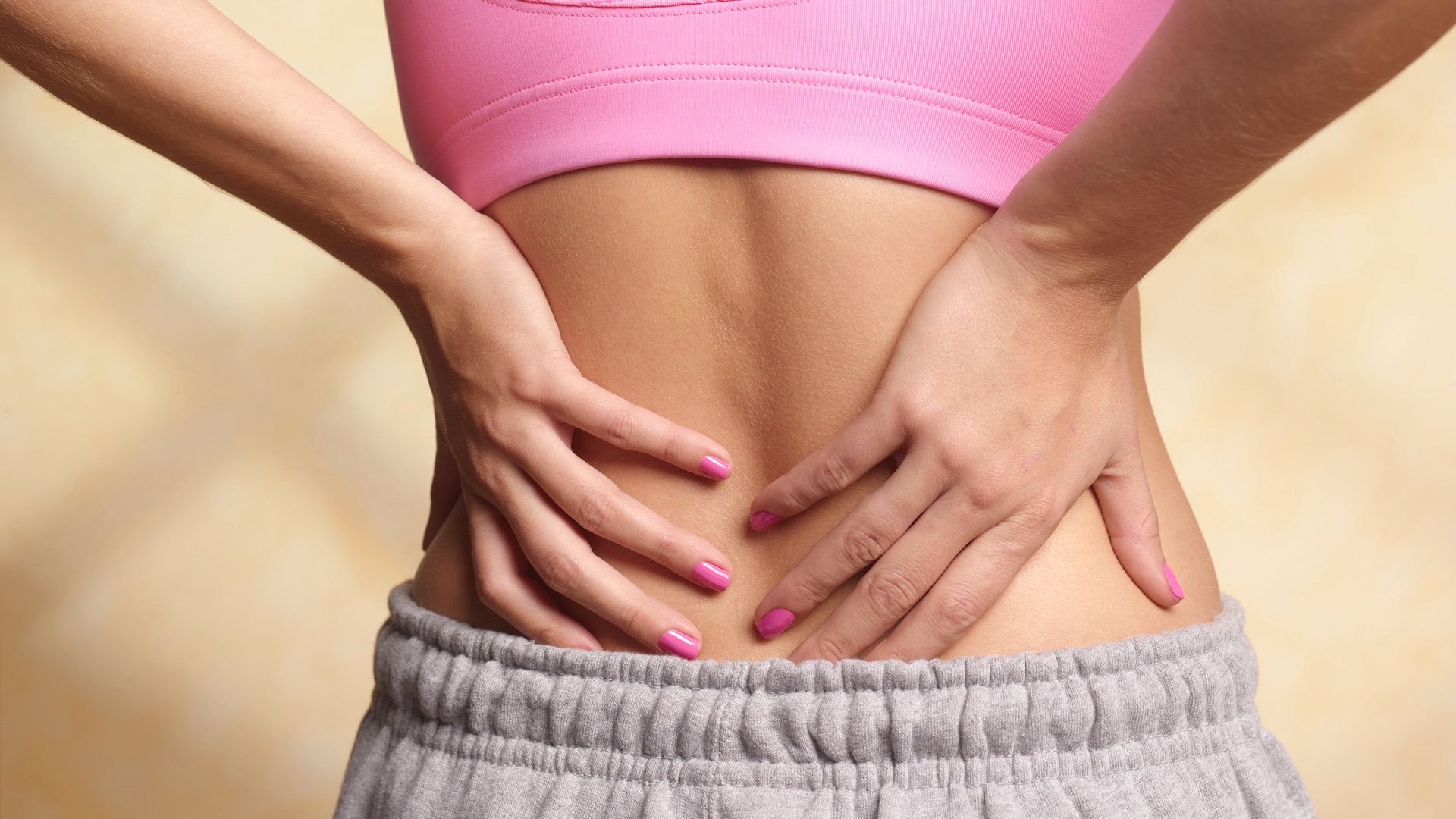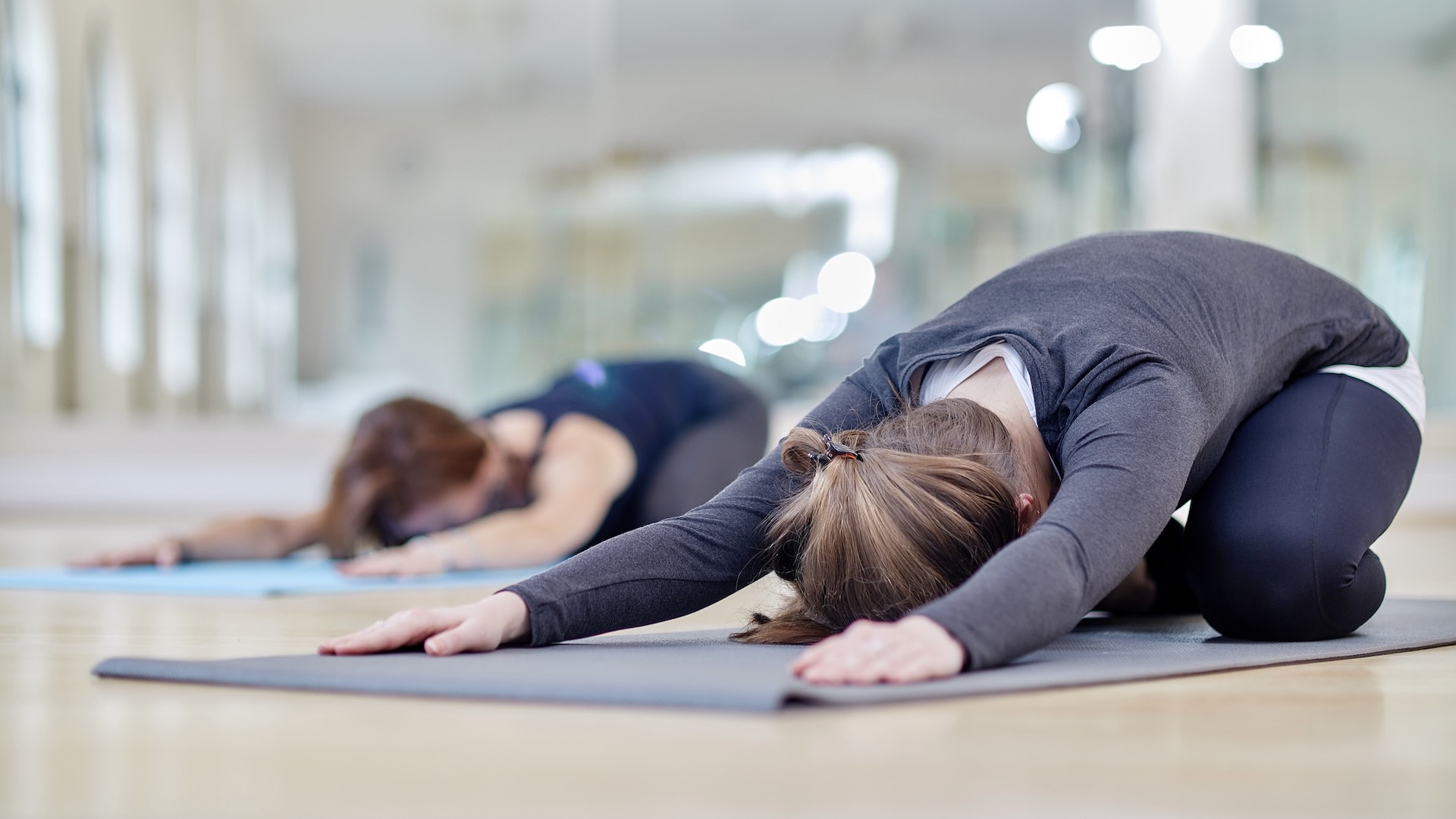A guide to back pain and running – for happier runners
Causes, tips and advice for better and less painful running when back issues strike

Back pain is one of those classic injuries that many runners will complain of at some point in their life. It could be that the back pain has been caused by running itself, or some other reason such as lifting an unusually heavy load, but whatever the situation, you will be keen to solve the pain and get back to happier and more comfortable running.
The causes of back pain – usually felt in the lower back – are numerous. One of the biggest reasons for back pain from running is, simply, a weak back. Lower back muscles, as well as core, or abdominal, muscles, can become weak due to lack of strength building exercises.
When this happens, the weakness can lead to the muscles tiring, especially on a long run, which then causes stress on the spine – followed by pain.

How does back pain feel?
Back pain from running can manifest itself in a number of ways, however most people feel pain in the lower back while running. It could be you have a tight back when you start running, or it comes on during a run.
The pain may stay in the back, or sometimes it will end up moving downwards, towards the butt and even further down your legs. Some people with back pain may have numbness in the legs or feet, too.
The back pain is likely to stop you from being able to bend forwards or sideways. You might simply feel like you have tight muscles, or the pain is exacerbated by these movements.

Reasons for back pain from running
There are a number of medical reasons for back pain for runners. All too frequently, a weakness in the back muscles and core (the abdominal muscles) will lead to back pain. There are other problems, too:
All the latest inspiration, tips and guides to help you plan your next Advnture!
Facet joint issues
This could be another back pain problem relating to weak abdominal muscles. If you think about the spine, which is is made up of vertebrae connected to each other by discs at the front and joints at the back.
Some people have a hollow in their back when they stand or move – think of a gymnast – and this can cause the joints to become inflamed. If you have weak abdominal muscles and you do a lot of running, you might end up with lower back pain caused by facet join issues.
Sacroiliac joint dysfunction
There are two joints that sit either side of the lowest part of the back, just above your butt. These are called the Sacroiliac joints are two joints.
Problems occur in these joints if you land with greater impact on one foot compared to the other while walking or running.
Usually what happens is that one of the joint becomes inflamed and sore, leading to complaints of lower back pain from running.
Muscles cramps and knota
Do you ever get the feeling that your back needs to be “released”? This is usually caused by knots of muscles becoming tightened in different areas of the back. If these are left untreated, the knots cause the back muscles to feel tight and this can easily end up with generalised back pain.
Why do I have back pain from running?
It might be that you have suddenly increased the duration or intensity of your run training and the body is complaining about this. As well as the usual muscle aches and pains in the legs and calves, some people start to feel a pain in the back.
Other reasons could be due to lifting something unusually heavy; sleeping in a bad position; sitting for too long at a desk or while driving; taking part in a sport or activity that puts extra stress on weak back or abdominal muscles; a need for new running shoes; or other injuries that end up causing you to use your back muscles more than normal and, thus, cause a problem

How to treat back pain from running
There are a variety of remedies for treating back pain. They include:
More stretching
You can perform some specific stretching exercises yourself. But be gentle with you body to start with. The yoga posture called child’s pose is a great way to stretch the the lower back muscles. It also helps to take pressure off the spine joints. Join a yoga class if you are not sure about how to stretch your lower back – you could also check out this guide to yoga stretches for runners.
Stretch even more
By stretching other muscles such as hamstrings, calves and hip flexors on a regular basis, you will help to ease the potential for a tight back.
Take care
If you know you have a weak back, it is vital that you take care when lifting items, especially heavier items. Keep you back straight as you crouch down to lift something and use your legs, not your lower back to lift upwards.
Get stronger
Strengthening muscles in the back and abs, as well as upper back, hamstrings and glutes – basically aim for a stronger body all over – will aid the support system of the bones and muscles.
Book a sports massage
It can be helpful to have an expert in sports massage to loosen off tight back muscles to allow greater freedom of movement. A tight lower back is difficult to ease yourself.
Self massage
A good home-based treatment is to lie on your back on the floor and use a tennis ball to target tight muscle areas of the back.
If you have a willing partner and a massage gun, they can help you by targeting tight muscles areas of the back, too.
Heat pad
Another helpful treatment is a heated pad that you use when not running. This will aid the circulation of blood in the area of tight muscles and could be helpful for easing the pain, too.
Get in the water
Aqua running can be a really good way to ease off lower back pain. To aqua-run or jog, you need to use a buoyancy aid around the waist. This activity reduces the impact on legs and helps you to use and strengthen back and core muscles, but while also maintaining running strength and fitness.
Back pain from running can take time to recover from. It is also an issue that usually needs to be looked after with remedial strength training and on-going massage. However, it is also worth remembering that running itself can be good for the back, especially if you do trail running.

Fiona Russell is a widely published adventure journalist and blogger, better known as Fiona Outdoors. She is based in Scotland and is an all-round outdoors enthusiast with favorite activities including trail running, mountain walking, mountain biking, road cycling, triathlon and skiing (both downhill and backcountry). Aside from her own adventures, Fiona's biggest aim is to inspire others to enjoy getting outside and exploring, especially through her writing. She is also rarely seen without a running skort! Find out more at Fiona Outdoors.
